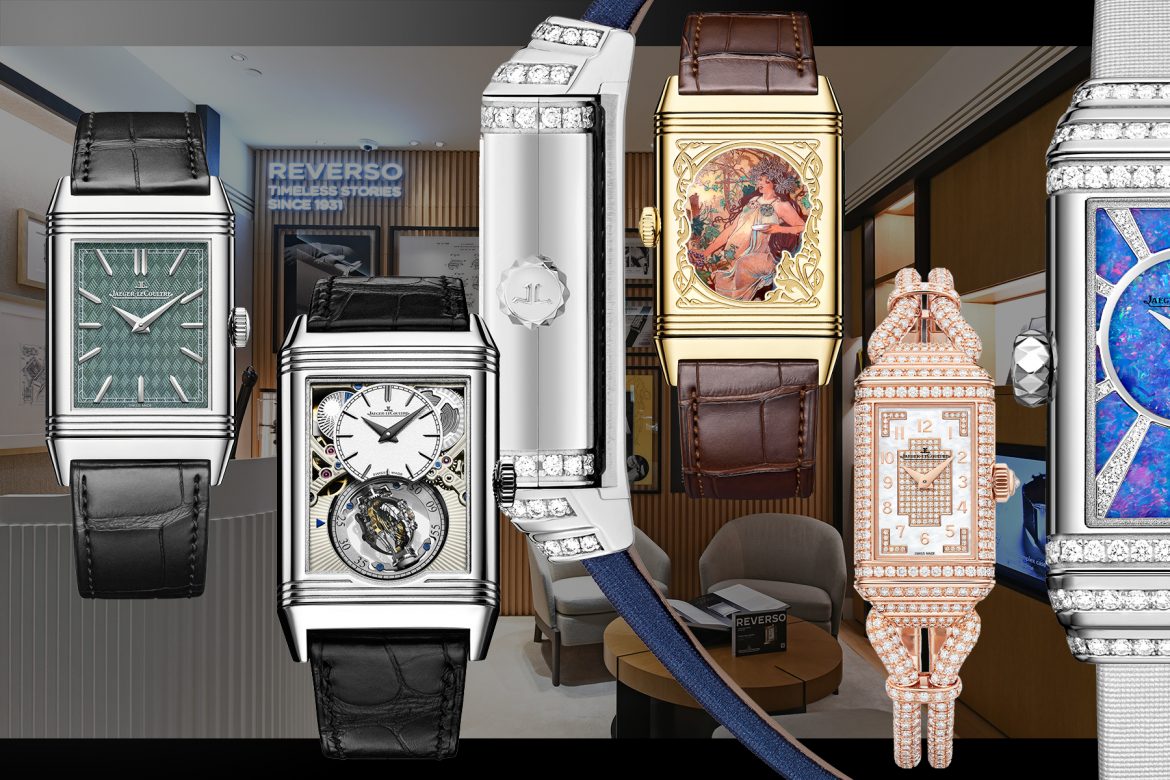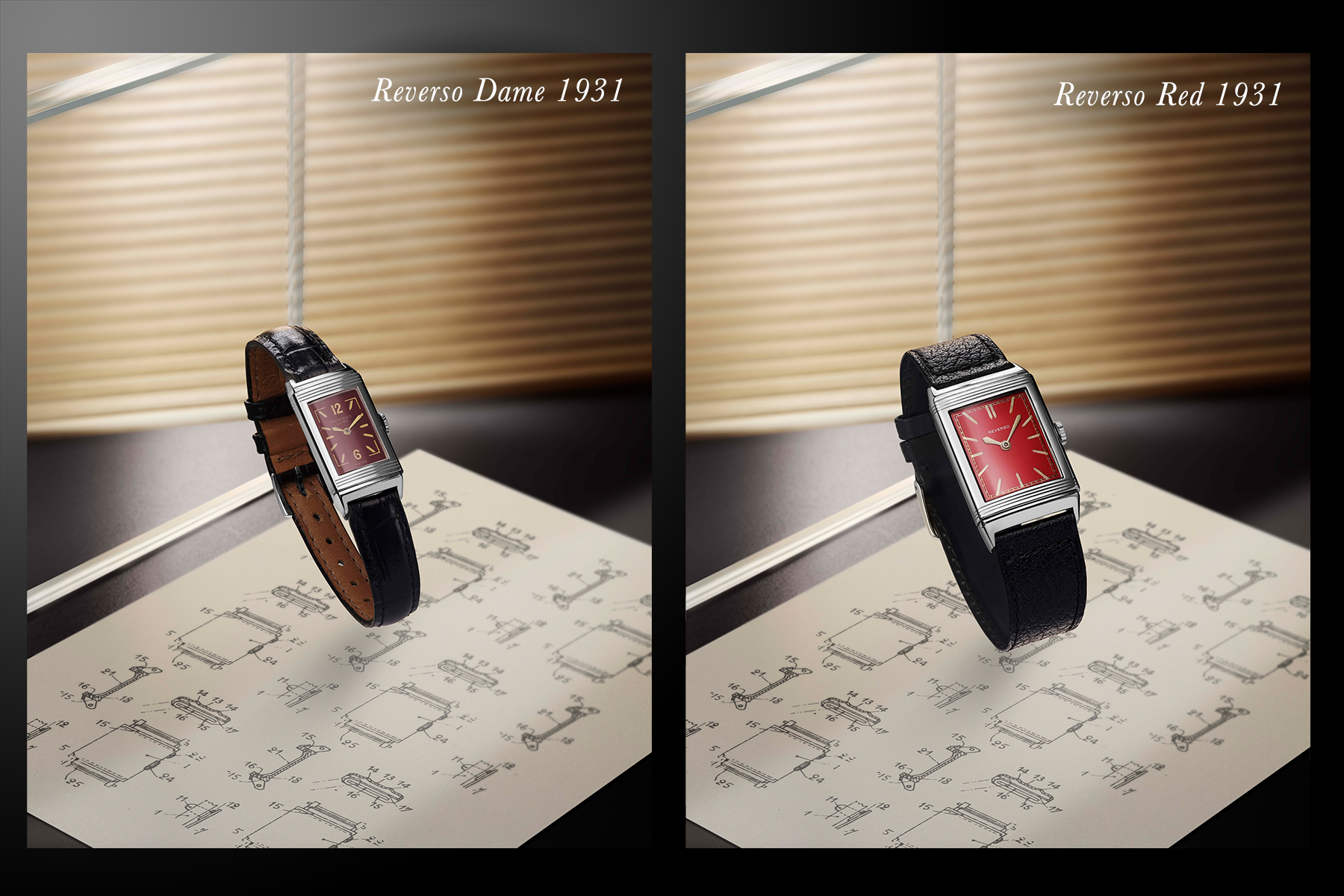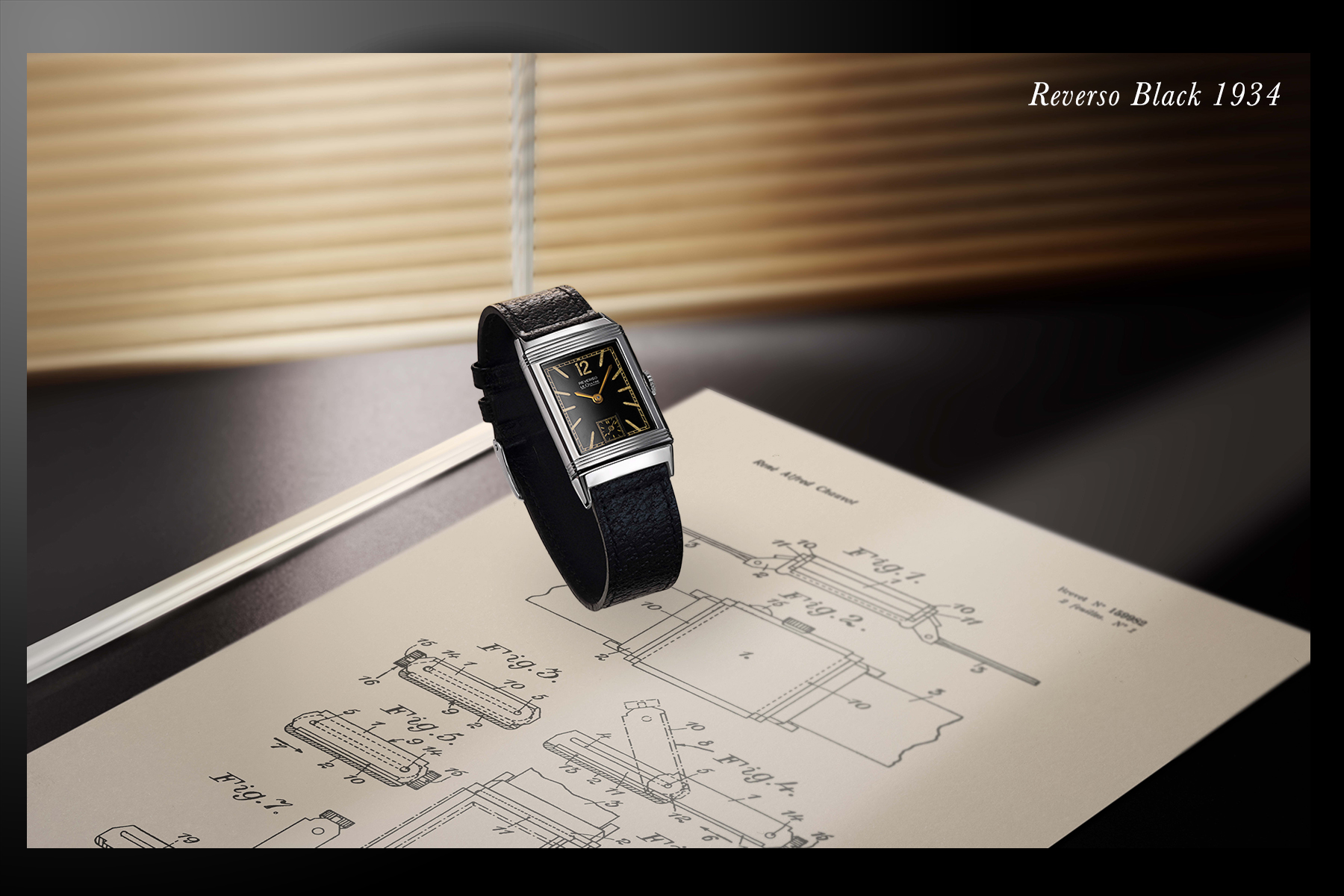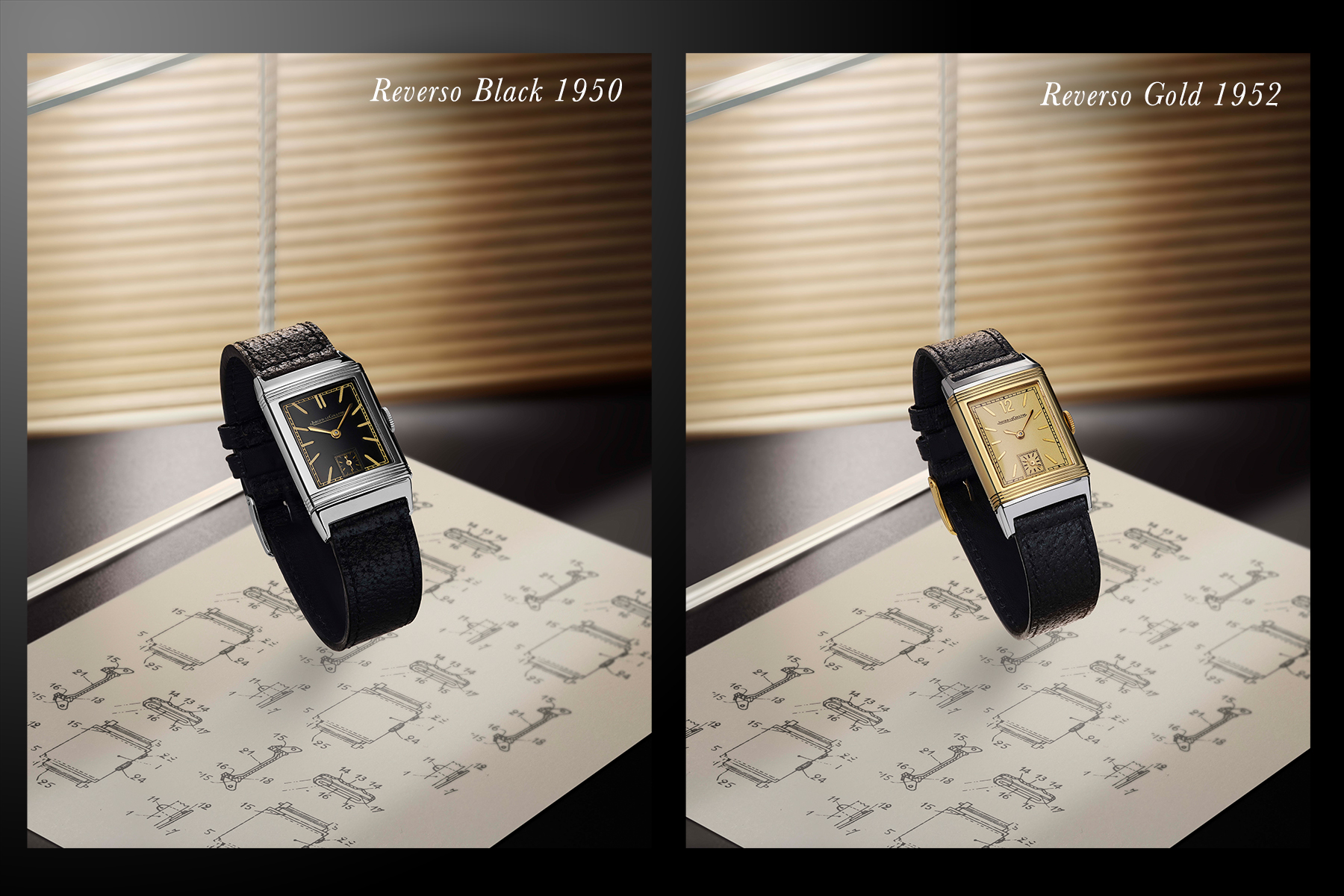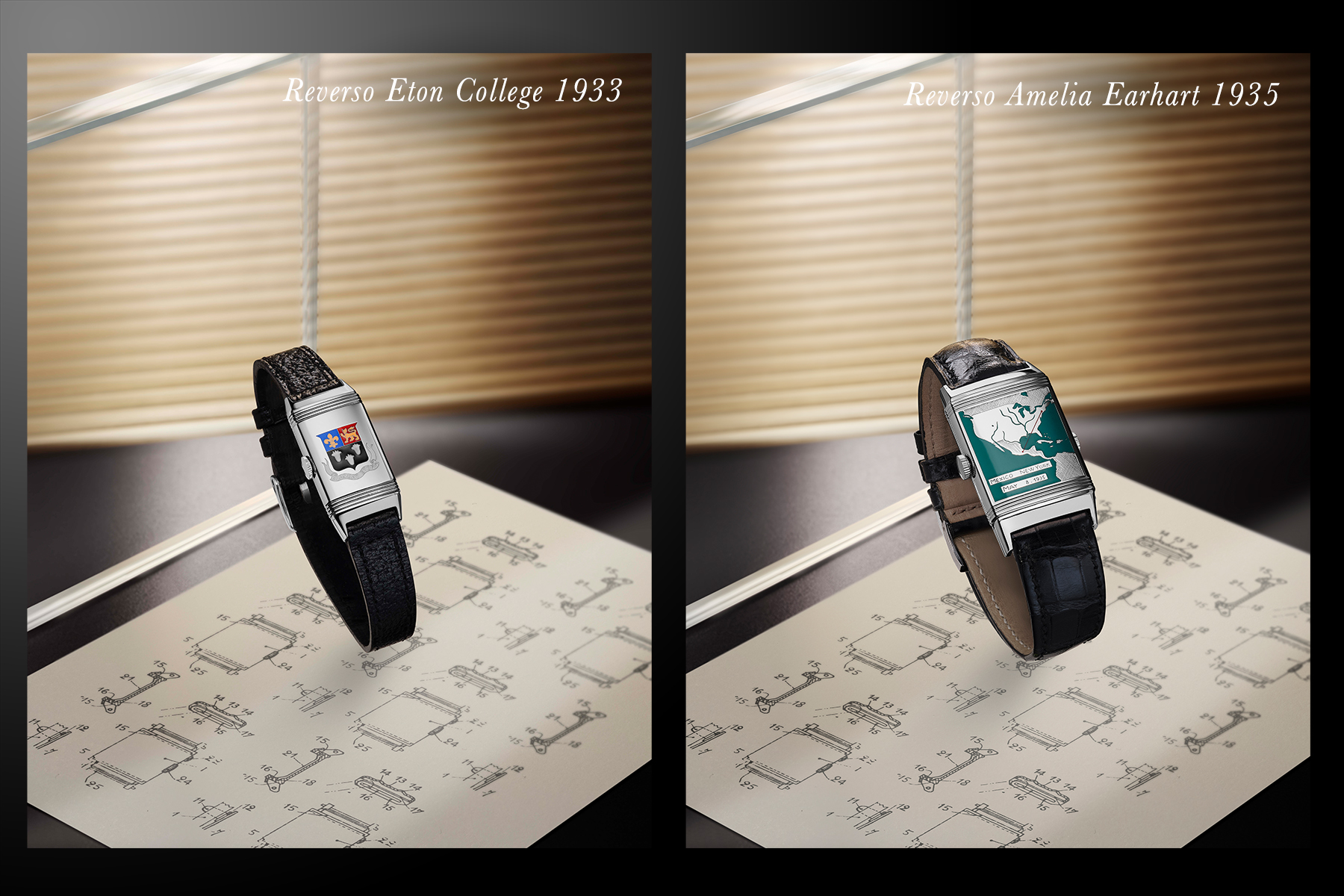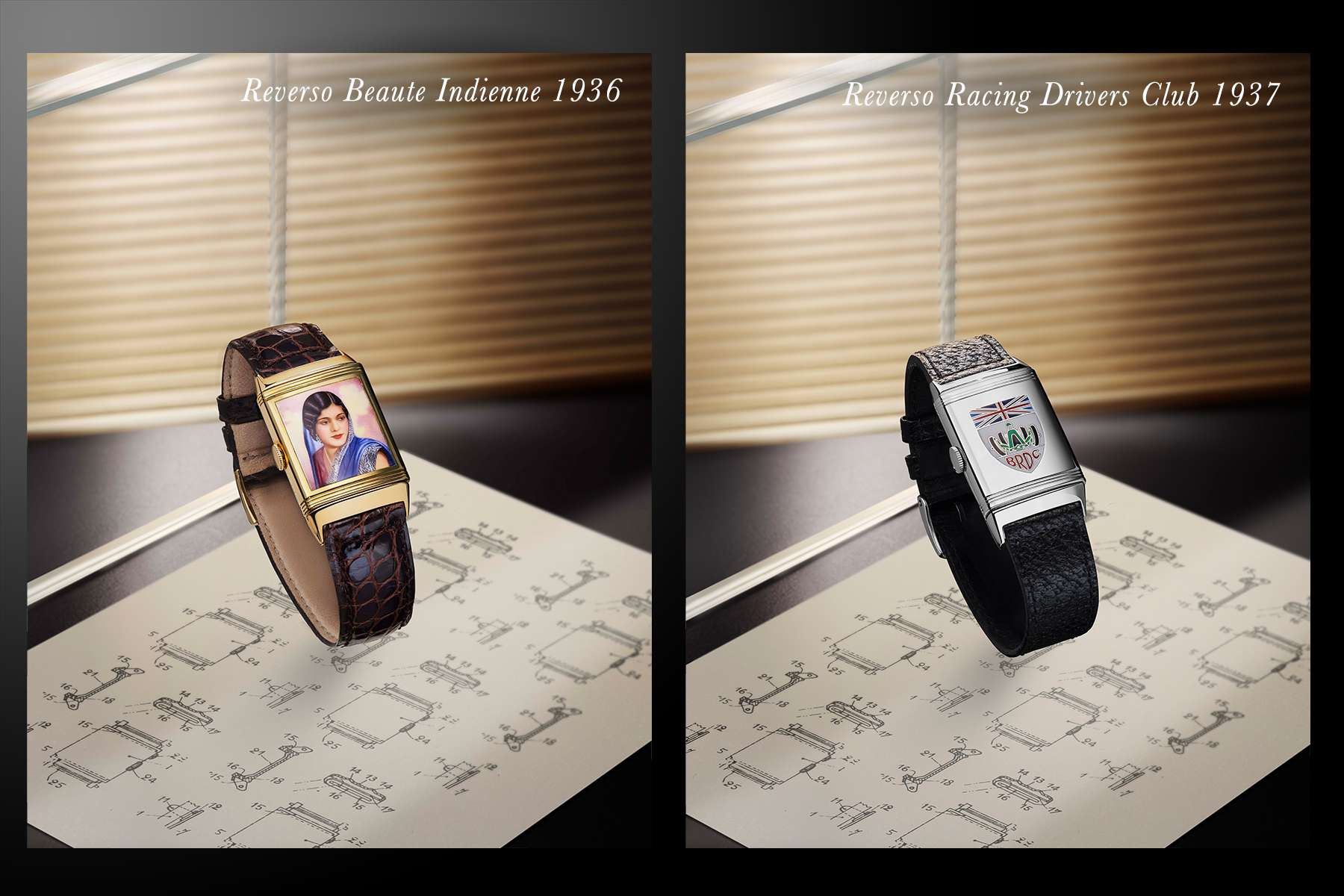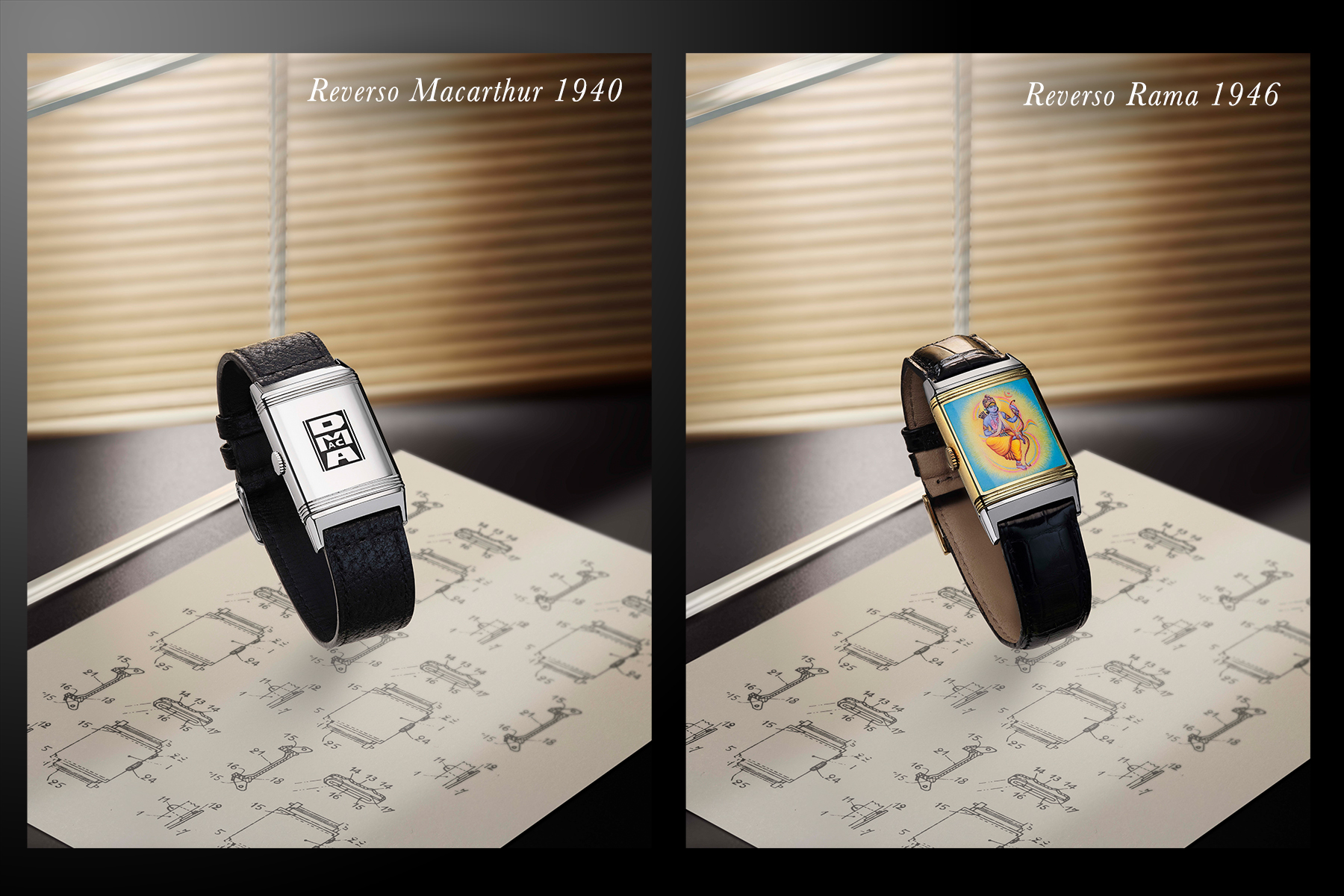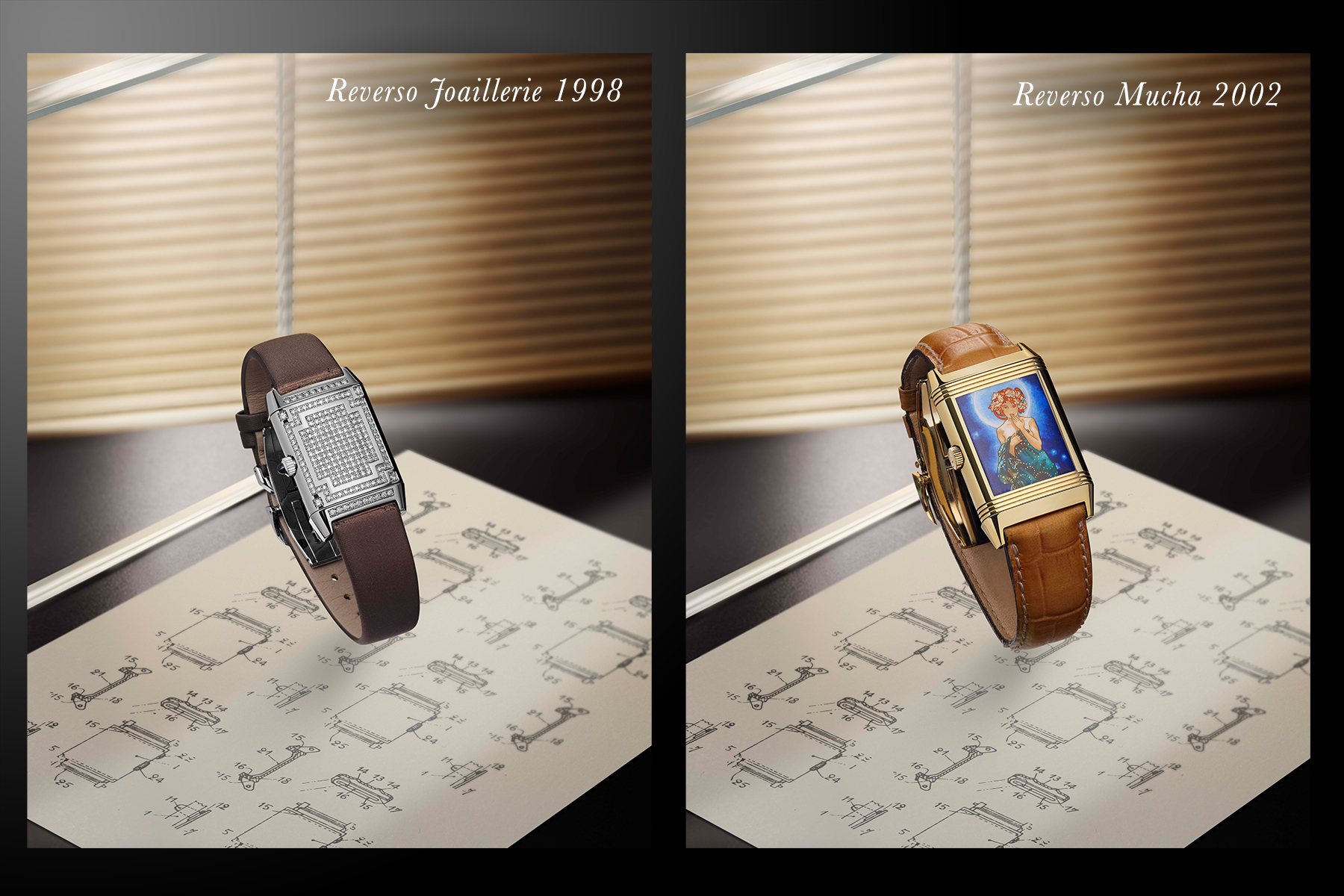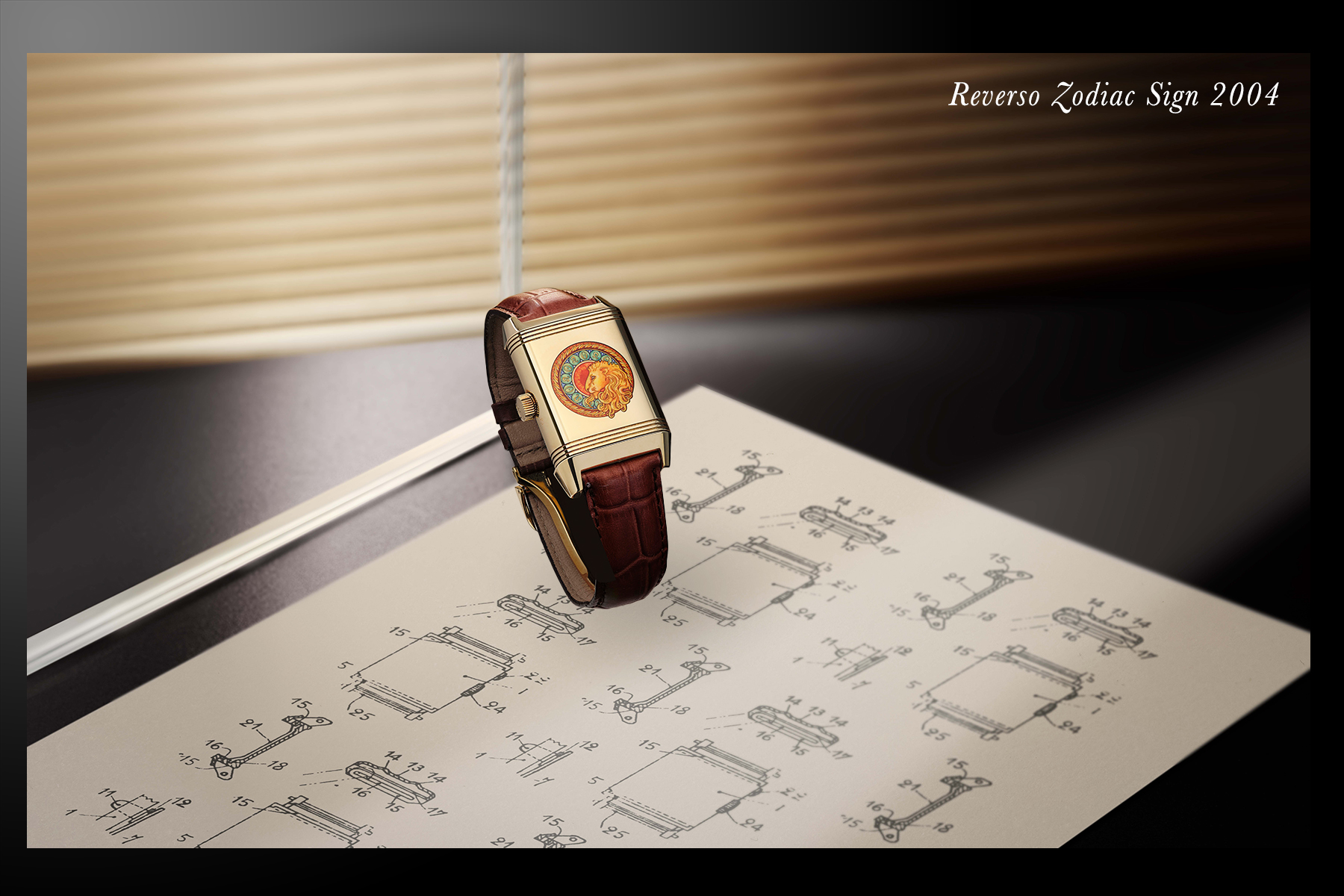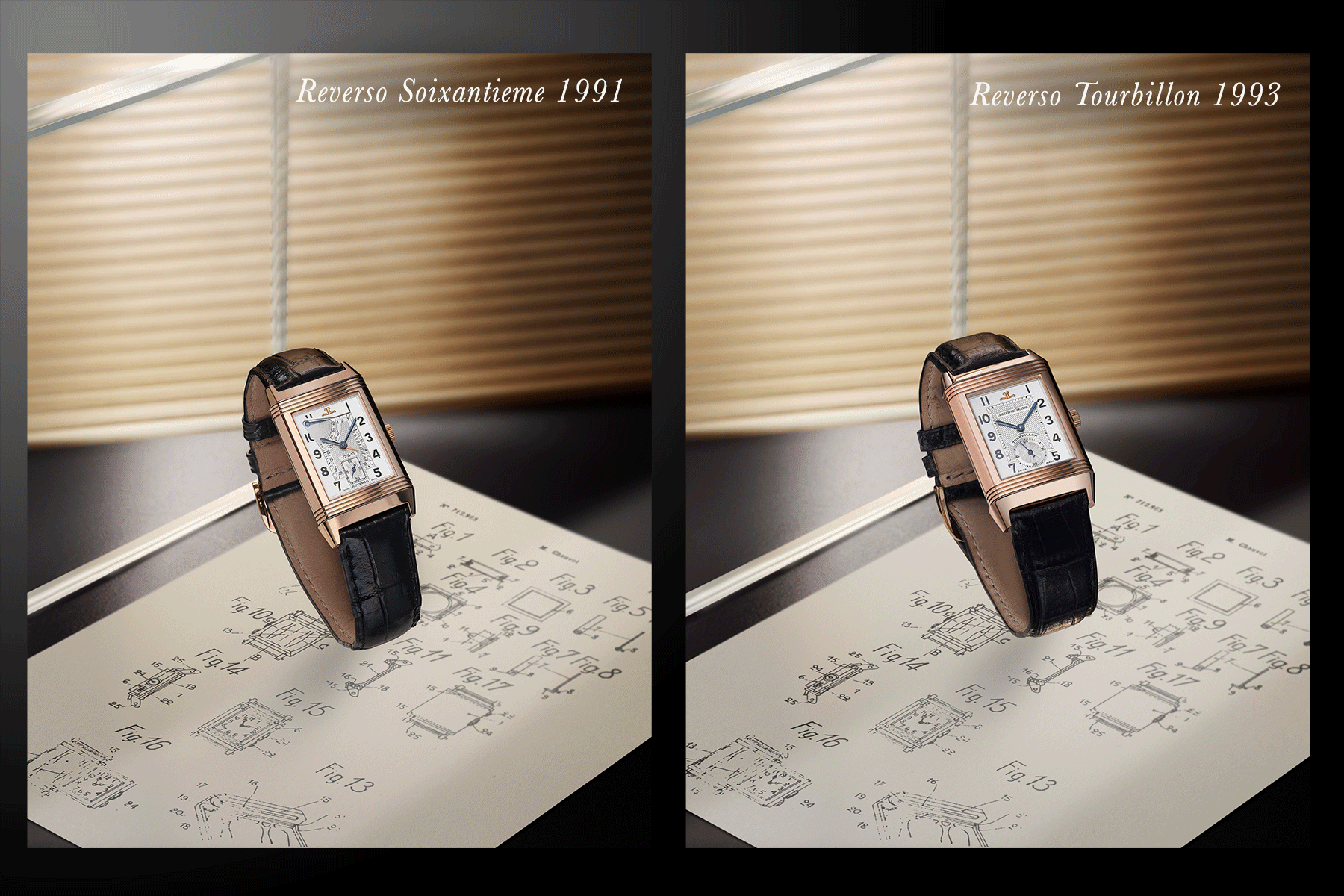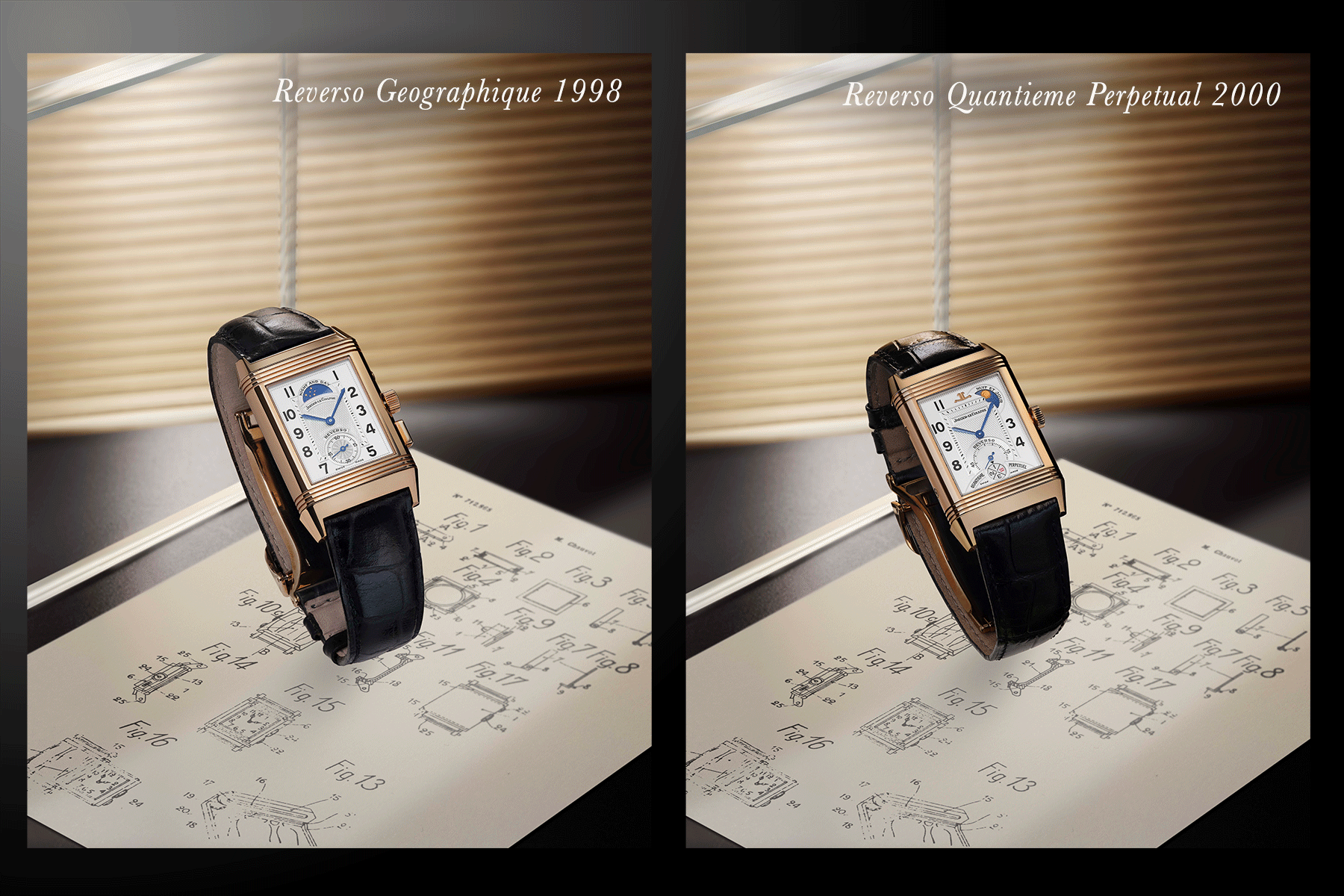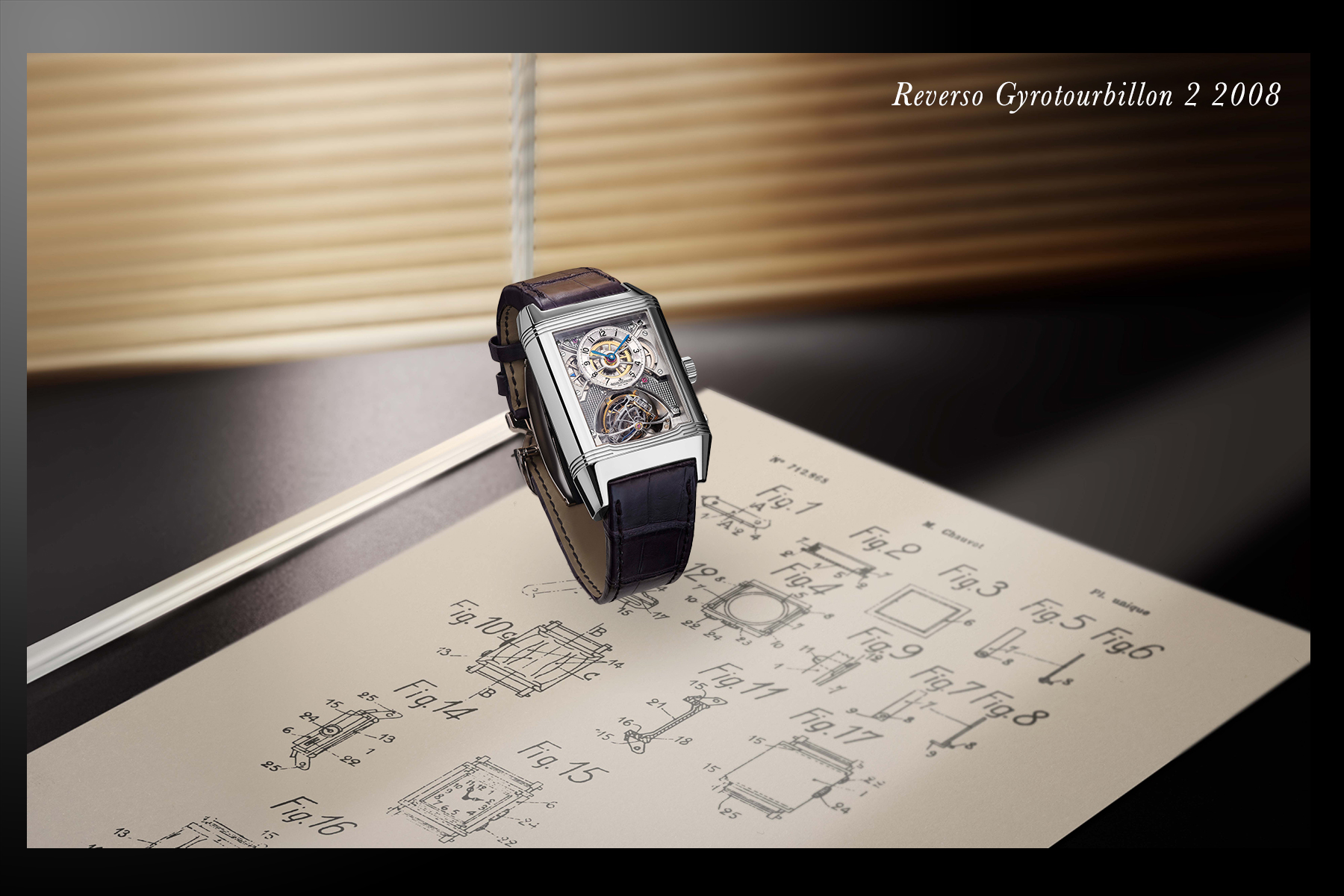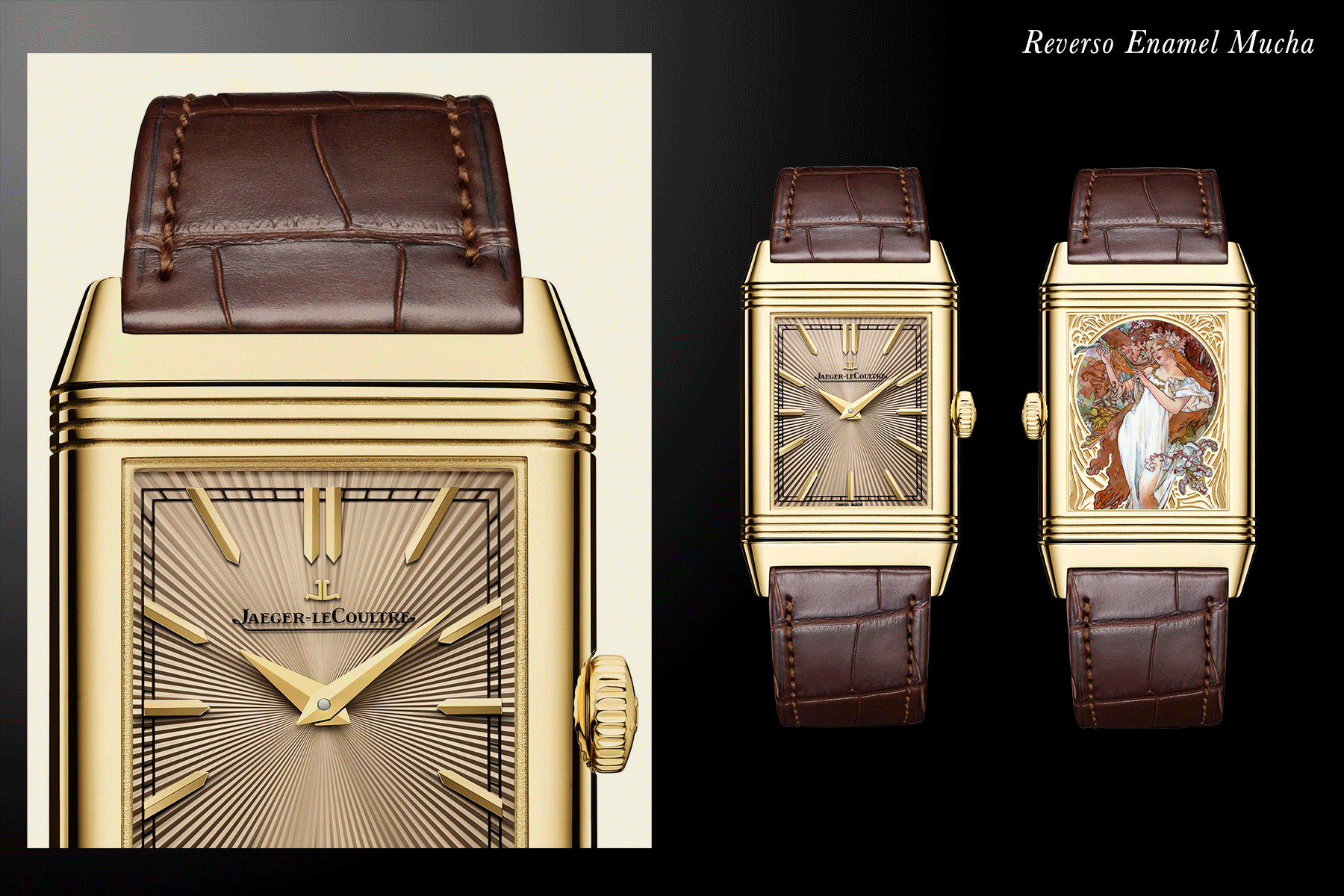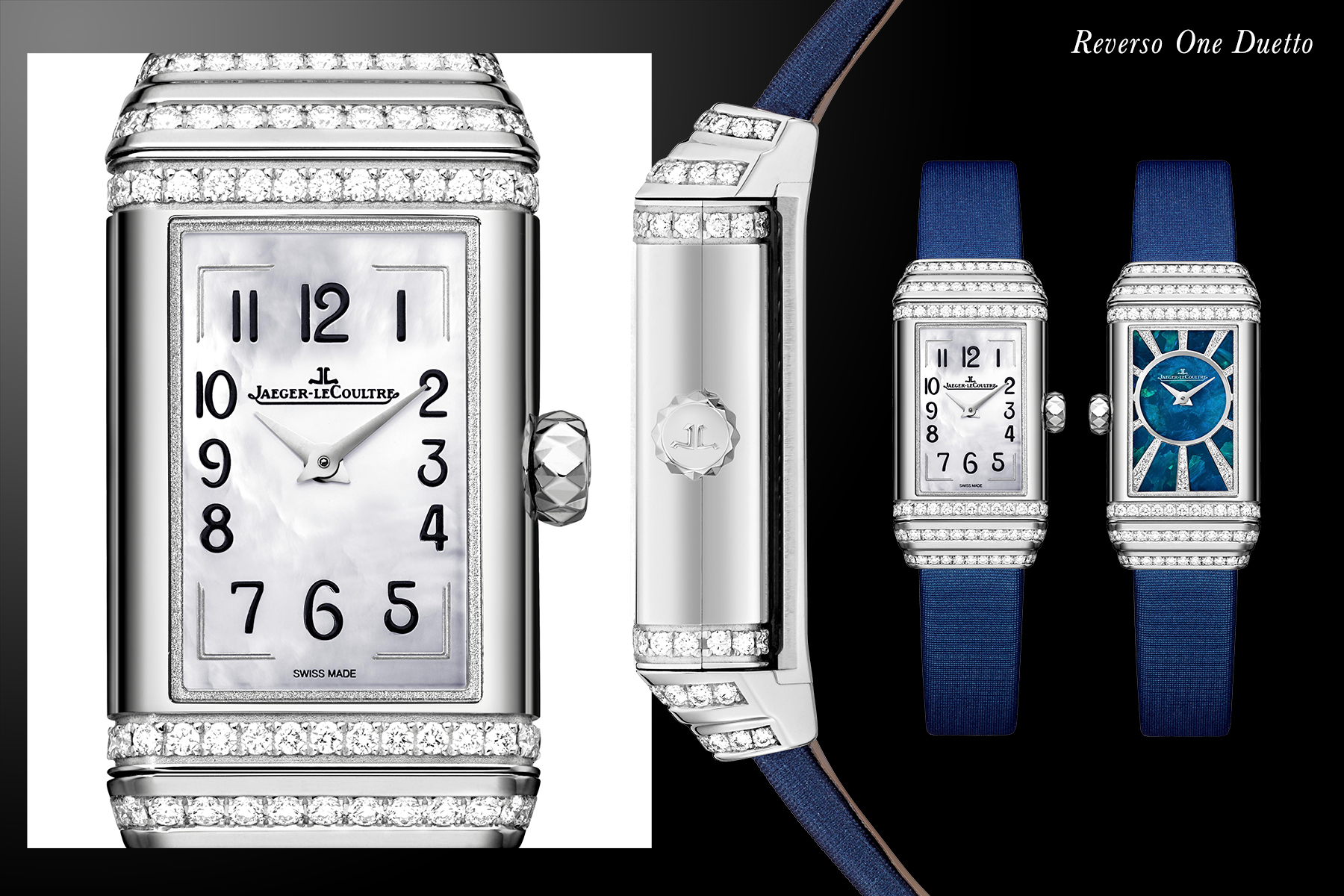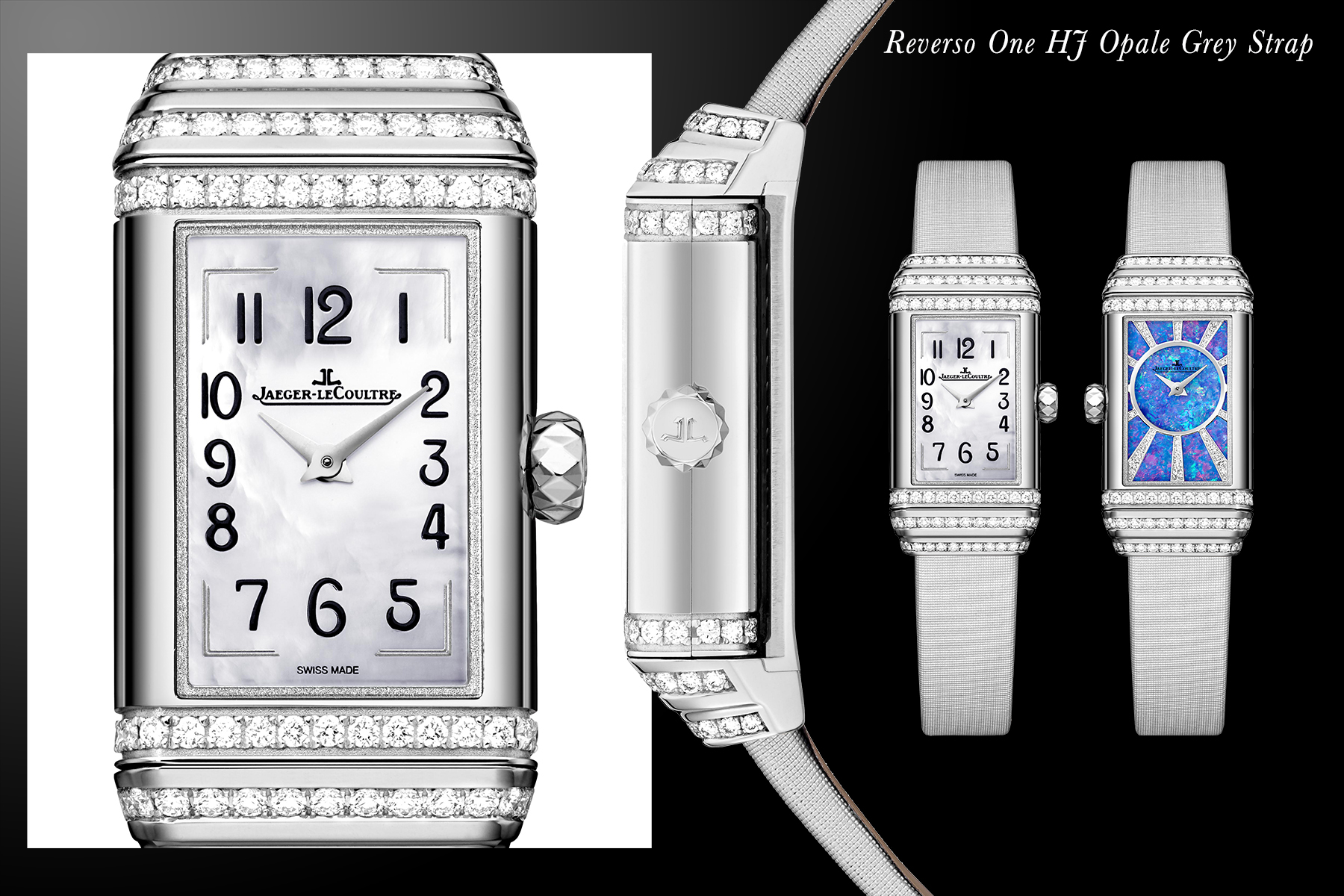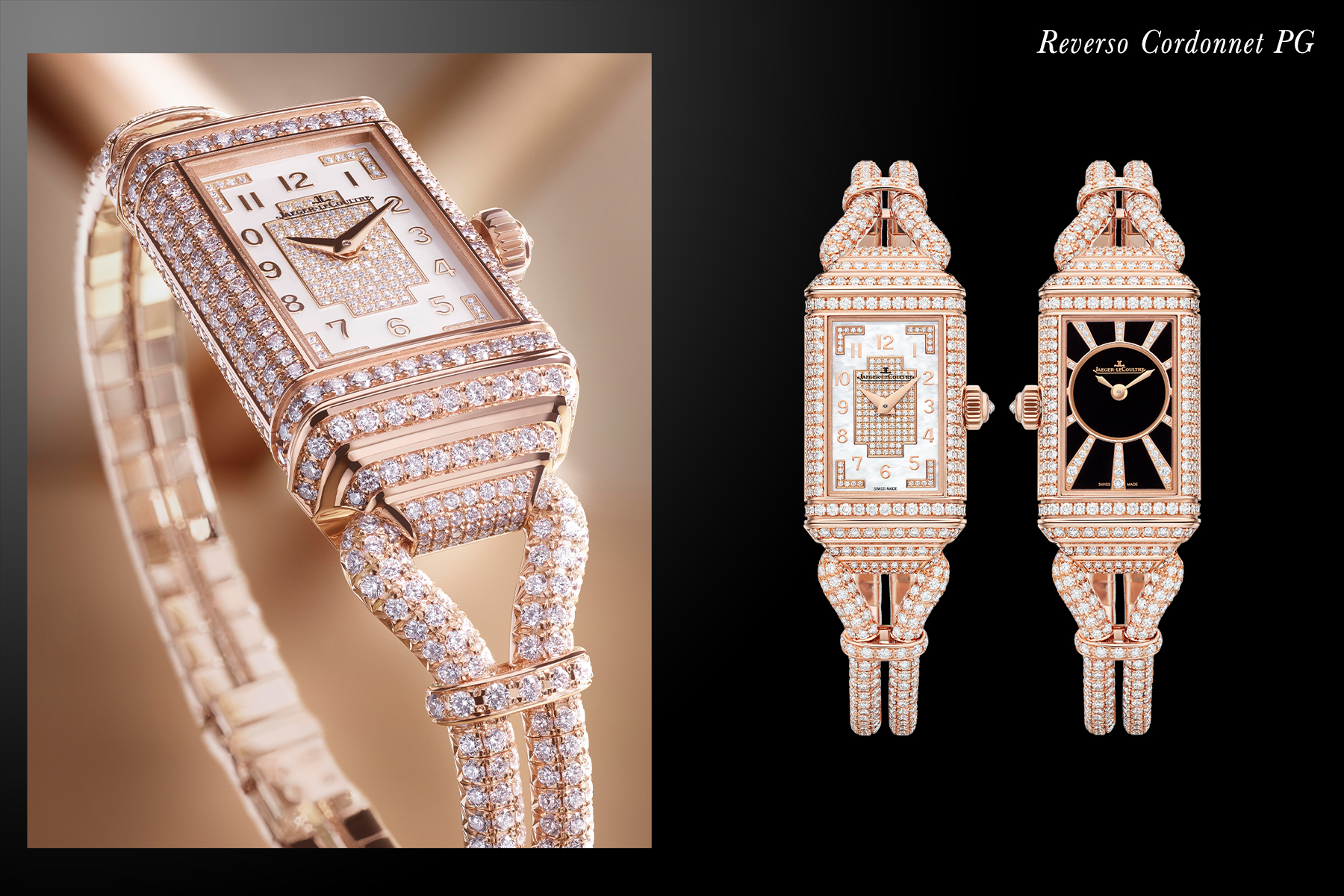Jaeger-LeCoultre launches a new retrospective exploring the storied 90-year legacy of the iconic Reverso watch
Widely considered the “watchmaker’s watchmaker” by collectors and aficionados, Jaeger-LeCoultre is known for its rich history, enduring obsession with precision and technical mastery, and, quite simply, its beautiful timepieces.
The Reverso is a prime example – since its creation in 1931, it has enjoyed a cult status as an instantly recognisable modern classic. Truly the only one of its kind, the Reverso’s patented design features a restrained rectangular watch with a unique swivel case that allows it to be turned completely back-to-front.
But it begs the question, why would anyone want to hide such an elegant face to show a back of plain blank steel? The origin story of this unexpected sports watch and the evolution of the design makes it that much more intriguing…
Story of an Icon
The story of the Reverso starts with a challenge – how to create a wristwatch that can be worn on the polo field without the risk of complete obliteration by a wooden mallet or polo ball?
Not exactly a pressing problem for many of us today, but definitely a worthy design puzzle to be solved in 1930, especially for César de Trey, a successful Swiss entrepreneur who observed exactly this problem on the British polo playing fields in India.
Upon being presented with this unusual challenge, Jacques-David LeCoultre undertook development of the movement, and French industrial designer René-Alfred Chauvot was engaged to design the case. A patent was quickly submitted to register “a watch capable of sliding in its support and being completely turned over”, and the first pieces were on sale less than nine months later.
True to its essence, the Reverso has essentially changed little in terms of its core design. Over time, it has been adopted by tastemakers from all walks of life – cases were offered in gold as well as the original Staybrite steel, and feminine models appeared, with options to be worn as pendants or handbag clips, as well as on the wrist. But at the very heart of it, the purity of the Reverso as a rectangular reversible watch with a strong Art Deco geometry has been retained.
Story of Style & Design
Born at the height of the Art Deco period, the Reverso perfectly epitomised the exuberance and daring modernity of its time – the original black dial with contrasting indexes was hailed “the dial of the future”, and inspired a slew of unconventional coloured dials and different case metals. There were also resized feminine models to be worn on a cordonnet bracelet or transformed into pendants or handbag clips.
At the heart of the design of the Reverso is a simple purity that allows for a breadth of variations – all based on the central rectangular case designed using the “golden mean”, a unique mathematical relationship defined by the ancient Greeks, which humans instinctively find to be the most aesthetically pleasing proportion.
The core design elements include the horizontal gadroons that emphasise the rectilinear geometry of the case; the triangular lugs that appear to be a seamless extension of the case sides; and the case that fits so perfectly into its carrier that, at first glance, there is no evidence that it can be flipped over.
Story of Craftsmanship
And once flipped over though, the plain back of the Reverso, which was meant to serve as a protective shell, suddenly presented an unexpected benefit – an entirely blank canvas. It was an ideal surface for personalisation with monograms, emblems or personal messages using lacquer, engraving or enamel.
The Reverso has a long history of famous examples of personalisations: King Edward VIII, who abdicated in 1936 to marry the divorced American Wallis Simpson, had the royal crest inscribed on his Reverso. Pioneering female aviator Amelia Earhart had the itinerary of her first record-setting flight, from Mexico to New York, engraved on the back of her watch case. In India, the Maharajah of Kapurthala commissioned 50 Reverso watches, with a miniature-painted portrait of his wife reproduced on the caseback in enamel.
While the mid-20th century saw a change of taste towards a more modern minimalist aesthetic, the revival of mechanical watchmaking in the 1990s sparked a renewed interest in traditional artisanal crafts. In 2016, Jaeger-LeCoultre set up the Atelier des Métiers Rares (or Rare Handcrafts workshop), bringing together a team of master engravers, gem-setters and guillochage artists all under one roof.
As the full potential of the Reverso as a canvas for artistic expression became apparent, these artists created increasingly elaborate and spectacular embellishments. High jewellery models have featured invisibly-set baguette diamonds over the entire case; the cordonnet bracelet has been reinterpreted entirely in diamonds; and casebacks have been transformed into glittering expanses of snow-set diamonds.
Story of Innovation
The late 20th-century was a tumultuous time for the horological world – trends were changing and, most significantly, the advent of quartz watches in the 1970s and 80s largely replaced mechanical watches.
The 1990s, however, experienced a rebirth of mechanical watchmaking, now increasingly considered a luxury item, appreciated for their elaborate craftsmanship, aesthetic appeal, and glamorous designs. This was the starting point of burgeoning creativity in relation to the evolution of the Reverso, pushing it beyond the time-only territory to incorporate a suite of new complications.
Calibre 824, developed especially for the Reverso Soixantième, incorporated a date indicated by a central hand and a power reserve indicator. This was followed in 1993 by the Reverso Tourbillon – the Manufacture’s first wristwatch tourbillon. Then came the Reverso Répétition Minutes in 1994, the first time Jaeger-LeCoultre had miniaturised a minute repeater for a wristwatch, Calibre 943 was the world’s first rectangular minute repeater movement. In 1996, La Grande Maison introduced the Reverso Chronographe Rétrograde, with an intricate display on the reverse side that solved the problem of how to arrange the chronograph counters within a rectangular frame. This was followed two years later by the Reverso Géographique and, coinciding with the Millennium, the Reverso Quantième Perpétuel.
In the years since the Millennium, innovation has continued. Developed for the Reverso Septantième and released in 2002, Calibre 879 provided an 8-day power reserve – very rare at the time. Five years later, the Reverso Grande Complication à Triptyque introduced Calibre 175: a single movement incorporating 18 different functions, including civil time, sidereal time and a perpetual calendar, displayed on three dials – the third dial being set into the carrier plate of the watch. The Reverso has also housed Jaeger-LeCoultre’s unique bi-axial flying tourbillon, first in the Reverso Gyrotourbillon of 2008 and again in the 2016 Reverso Tribute Gyrotourbillon. And in 2012, Jaeger-LeCoultre introduced the Reverso Répétition Minutes à Rideau, in which the chiming mechanism is activated by the movement of a pair of theatre-style curtains as they reveal and conceal the dial.
In Perpetual Motion
The story continues for the Jaeger-LeCoultre Reverso, a timeless icon that has remained relevant and endlessly aspirational through the eras, without ever compromising on its identity. Today, 90 years after the Reverso was born, it continues to epitomise the spirit of modernity that inspired its creation.
Ninety years after the emblematic Reverso was born, Jaeger-LeCoultre invites watch enthusiasts to enjoy an immersive cultural experience. The retrospective “Reverso: Timeless Stories Since 1931”, offers visitors the opportunity to explore the history of one of the greatest legends in the world of watchmaking, for the very first time in South-East Asia, starting from Singapore at its Marina Bay Sands boutique. The retrospective will then travel to Thailand and Australia.
The “Reverso: Timeless Stories Since 1931” retrospective is free, but guests are invited to register their attendance through the link here.
The retrospective is open to public booking from 23-30 January 2022 at Jaeger-LeCoultre Boutique Marina Bay Sands, Casino Level, B2M-240. From 11.00am – 8.00pm.
Images courtesy of Jaeger-LeCoultre, artwork by Curatedition. All rights reserved.
Related Links:
Jaeger-LeCoultre Reverso: Duality Perfected
Jaeger-LeCoultre: Double Happiness
Jaeger-LeCoultre’s Four-Part Symphony

